Blog Post
Five Construction Industry Trends to Watch
Jul. 24, 2019

The construction industry is constantly evolving. New technologies, consumer demand, availability and cost of raw materials, and the economy at large all play a role in influencing the field from one year to the next. So, what’s in store for the months ahead? We asked Dixon Regional Sales Manager Chris Jarman to pick a few trends he sees currently shaping the industry.
1. Smart Technologies Will Permeate Worksites
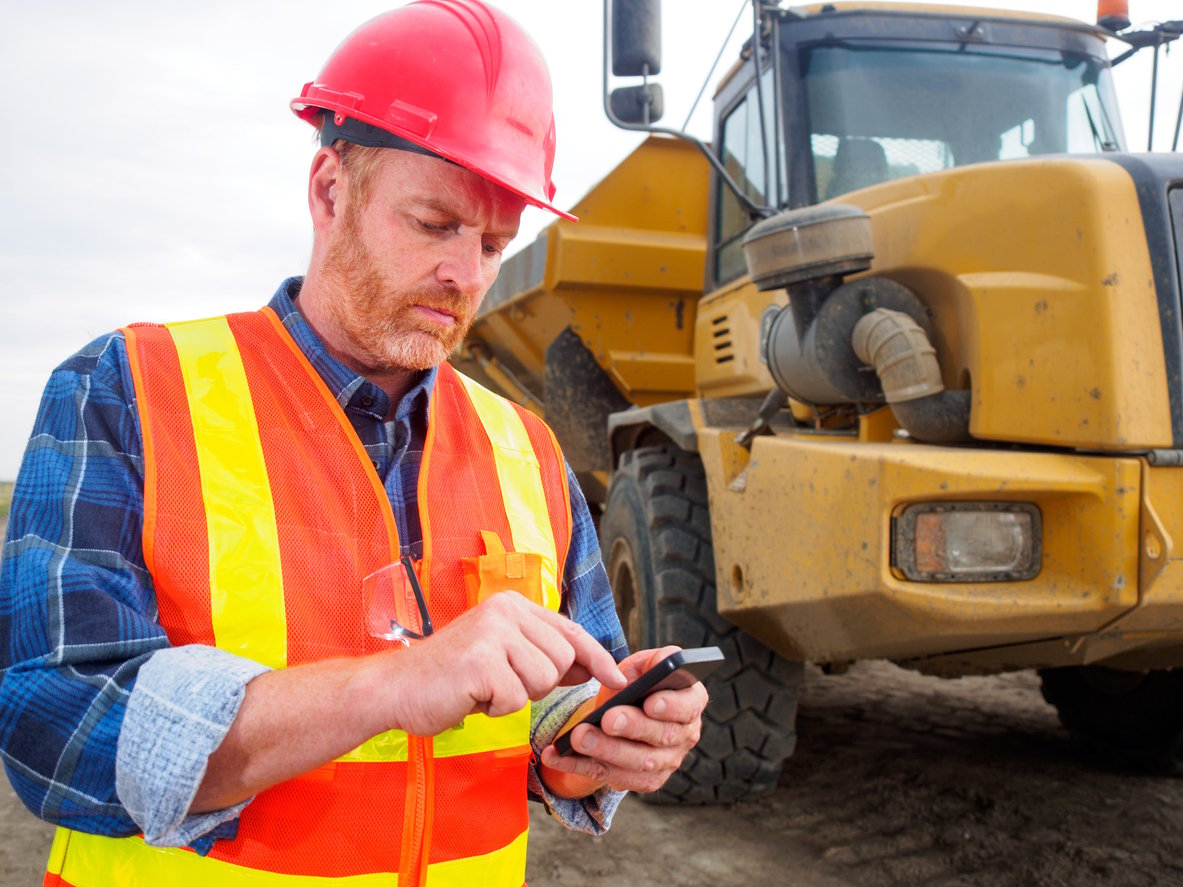
You may have heard of “smart homes” in which lighting, heating, and electronic devices are controlled remotely by phone or by computer. Now, these technologies are increasingly being incorporated into machines and heavy equipment, creating the “smart construction site,” says Jarman. For instance, he says, “If the hydraulic oil is heating up in a machine, there might be a sensor to shut it down and then let someone know of the problem via their smartphone.” It’s the Internet of Things(IoT)—the interconnectedness of computers and machines—and it will continue to proliferate throughout the industry. “The promise of smart technology is that it will make worksites safer for the operator and allow less downtime when it comes to equipment,” he says.
2. Hydro Excavating Will Continue to Grow
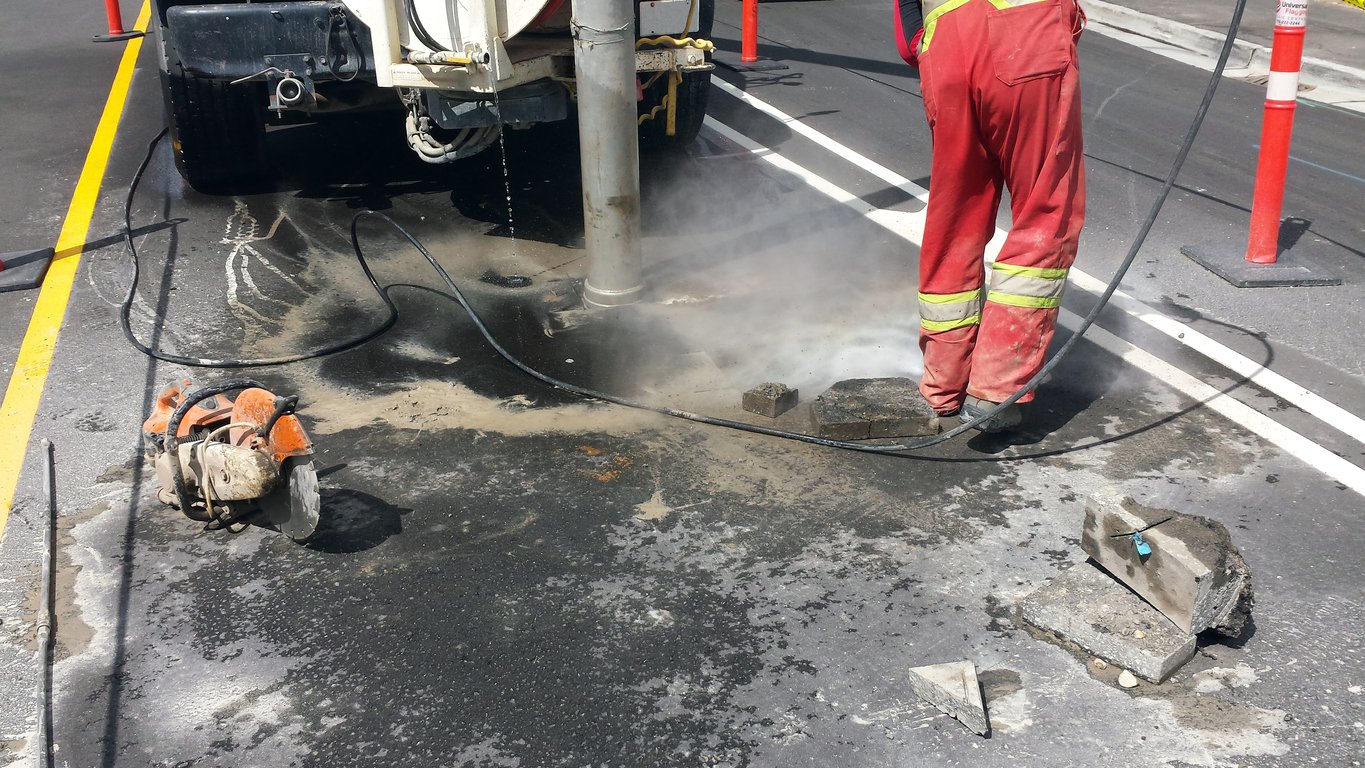
“Between water, communication, gas and electric lines, there’s an enormous underground network out there, and from a safety standpoint you never want to have a utility strike,” says Jarman. That’s where hydro excavation comes in. The technique utilizes high-pressure water pumped through a hose to cut through and break up soil without damaging buried lines. A vacuum then lifts the slurry from the excavation area, transferring debris to a tank. It’s an approach crews are increasingly employing for any significant dig. Jarman says, “The advantages of hydro excavation over traditional excavation methods is that it’s safer and faster.” These are two outcomes the industry is always pursuing.
3. Drones Will Continue to Soar
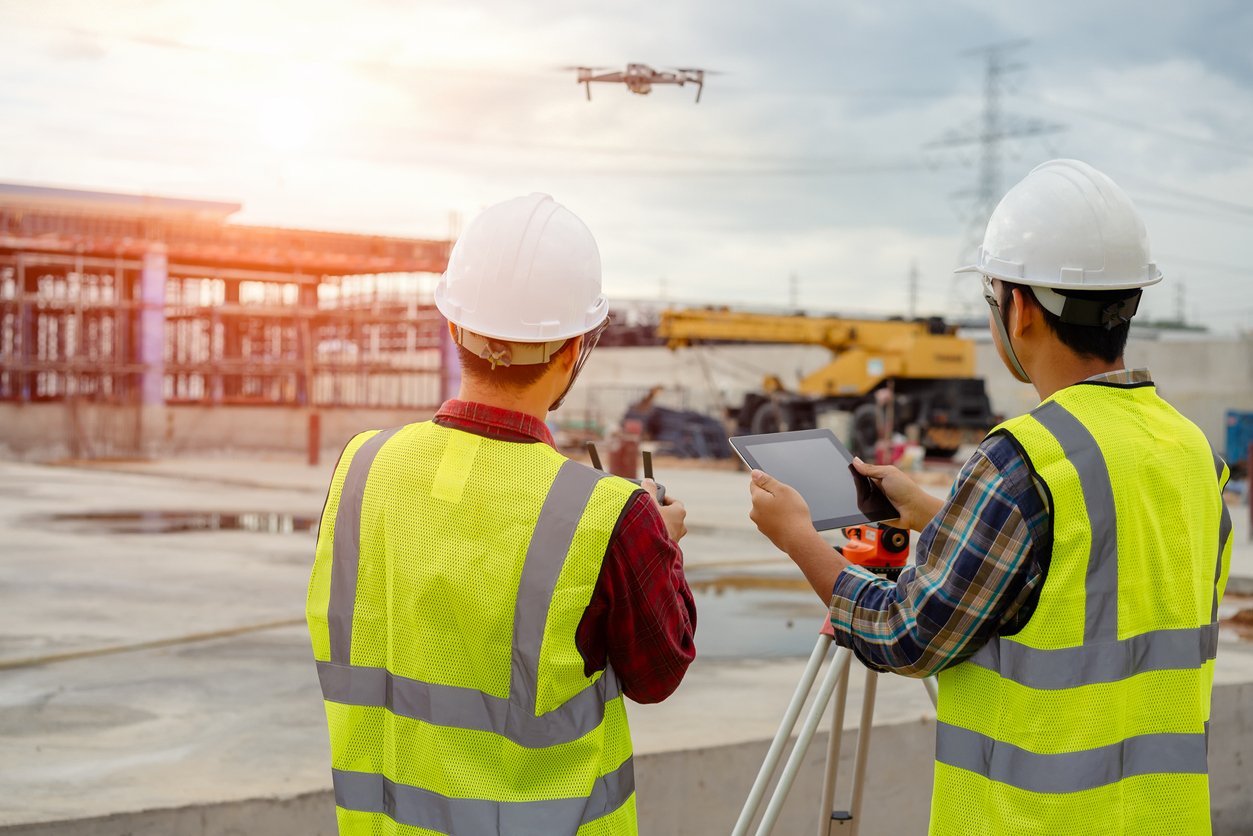
Not that long ago, construction companies had to rely on expensive aerial photos taken by airplanes or helicopters to get an overview of a jobsite. These days, drone technology continues to be one of the biggest trends in the construction field. The industry has experienced a 239 percent growth in drone use year over year, higher than any other commercial sector. Equipped with cameras, thermal sensors, and GPS units, drones can capture and record key data on the building site, allowing construction projects to be more efficient and better managed, and contributing to more complete inspections. That reduces the time and expense of completing a project. Drones are also being used in building information modeling (BIM) to create 3D renderings of a site, which are helpful in showing clients how a project will progress as well as identifying potential site or design problems.
4. More Green Worksites Will Sprout
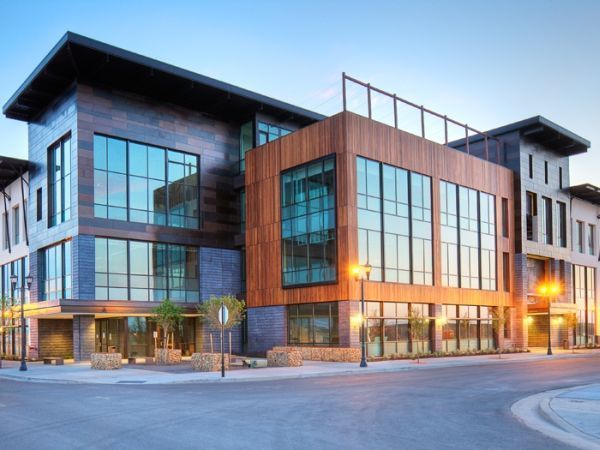
Above: This building was designed by CRSA and Rich Carr.
- Cost around $40 million
- One of the first LEED platinum-certified structures in the United States
- Approximately 95% of the waste created while constructing the building was recycled
- Almost 22% of the material used in the construction of the building was sourced from
recycled waste- Storm water is used to irrigate the landscape
- The building consumes 22% less energy than the other buildings built using traditional
patterns.
“You definitely see companies focusing more on how they can have less of an impact on job sites,” says Jarman. Green design and construction creates resource-efficient worksites that are more environmentally responsible in all areas, from planning and design to demolition, building, and cleanup. “You can create less of an impact on the environment by using certain construction methods—such as hydro excavating, which doesn’t disturb the landscape as much as traditional excavation,” says Jarman. Companies are also making greater use of recycled materials or reusing materials to save money and lessen their impact on the environment.
5. Virtual Reality Technology Will Help Train Workers
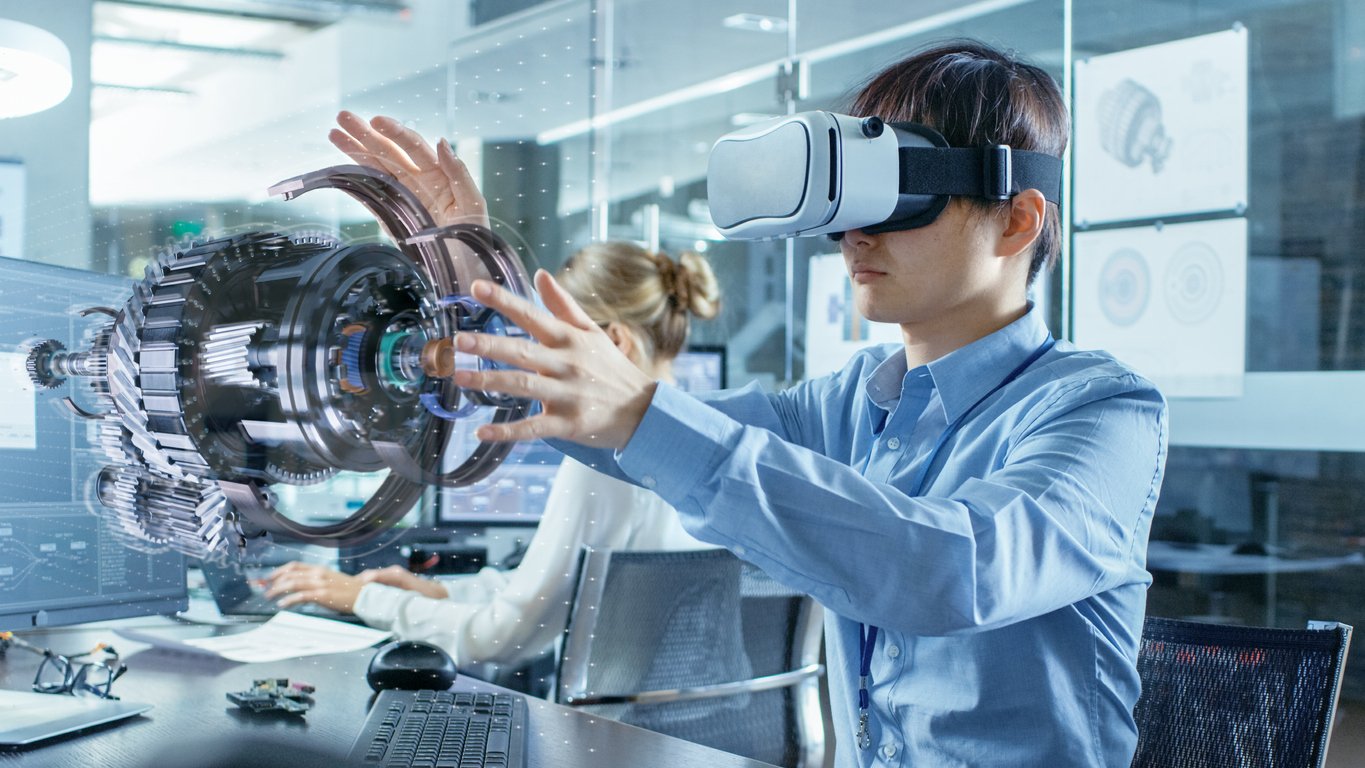
“Using VR technology to simulate worksite conditions can help with both training and safety,” says Jarman. The latest virtual reality programs allow workers to learn how to operate new equipment, giving them a head start before going out to a worksite. It also allows companies to simulate real-life situations that they need to be ready for, such as working from heights, without putting workers in danger. “Using virtual reality to train workers on different pieces of equipment helps them learn how things fit together, which is a better learning tool than reading a manual or taking a written test,” says Jarman. “From a safety standpoint, if someone can train on a simulator or virtual reality equipment, it always helps,” Jarman says.
What do you think? Let us know what industry trends you’re watching in the comments section below.
Dixon is trusted across the construction industry and serves many applications. See our solutions here: https://www.dixonvalve.com/markets/construction
Do you have questions about your application? We would love to help. 